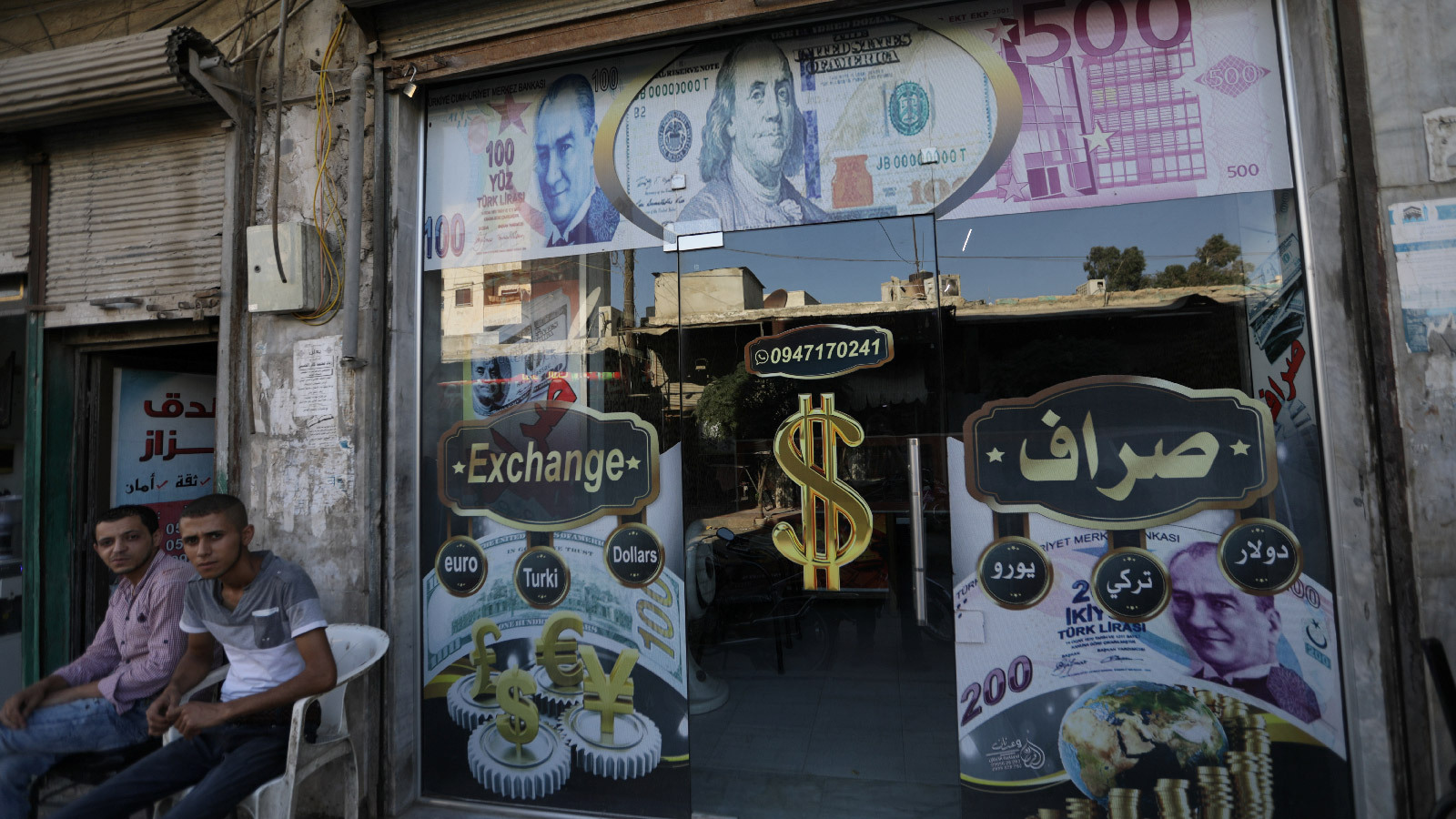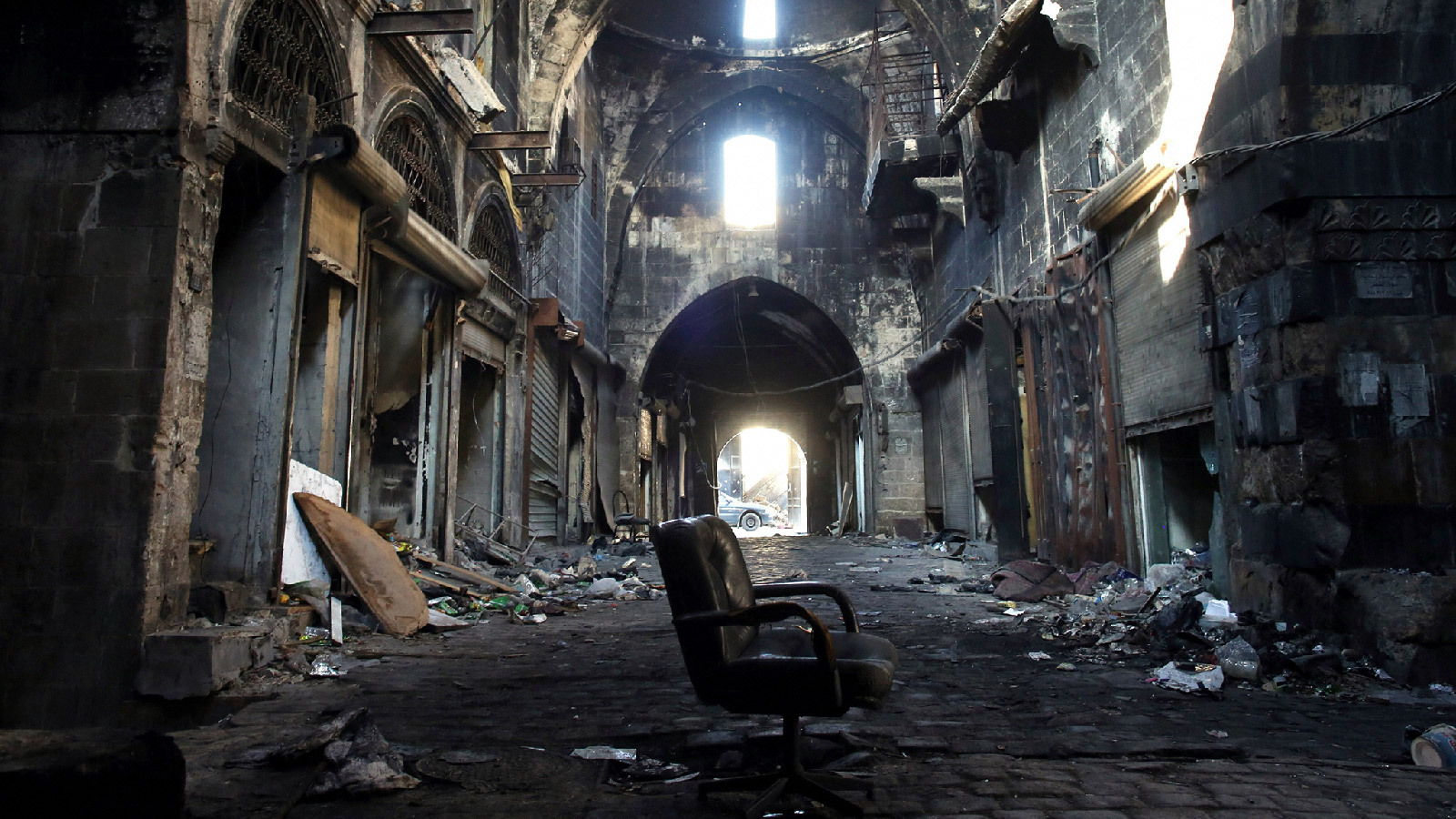Economics: Middle East and North Africa
From oil production to China’s new investments, learn about the region’s most impactful developments.
Power imbalances shape economies in the Middle East and North Africa. The region is one of contrasts: glitzy, high-tech cities border war-ravaged neighbors. Some governments with exceeding wealth can afford to subsidize education, healthcare, and electricity for their citizens. But still others struggle with inflation, poverty and high unemployment rates.
So what accounts for such stark disparities?
More often than not, just two things: oil and natural gas. These two resources propel the region’s wealthiest economies. But wealth from these resources comes at a cost: this means the economies are fragile, based on limited income streams, and particularly so given the global effort to transition economies away from fossil fuels.
For these reasons, many countries in the region are now pivoting from their previous reliance on oil.
Take the United Arab Emirates (UAE). Throughout the early twentieth century, Dubai was a sleepy, pearl-diving town, home to only a few thousand residents. That changed in 1966 when oil was first discovered offshore. Revenue poured into Emirati coffers, transforming Dubai in just a few decades into today’s booming metropolis and global financial capital.
But reliance on oil has also left the UAE’s economy vulnerable. After a crash in oil prices in 2014, the UAE realized it needed to diversify its economy. The country is now increasingly investing in technology, transportation, and renewable energy.
The UAE is just one example of how some Middle Eastern economies are pivoting from once-winning strategies to fresh alternatives.
What other economic trends define wealth and trade in the Middle East and North Africa?
Here are ten features that help explain the region’s economies.
1. Oil Fuels the Region
Oil and natural gas are the twin engines that power the Middle East’s economy. The region is home to more than 50 percent of the world’s proven crude oil reserves. It’s also home to nearly 40 percent of all known natural gas reserves. For the handful of countries with vast oil and gas reserves, these resources have brought immense wealth. Qataris, Emiratis, and Kuwaitis are among the world’s richest citizens. Countries like Qatar and the United Arab Emirates have used their discoveries of oil to finance the development of skyscraper-lined megacities out of the literal desert. Meanwhile, those countries with limited natural resources—for example, Yemen, Morocco, and Jordan—have citizens who earn less per capita than the global average. The result is a region of vast inequality where oil and gas serve as the quickest tickets to a country’s wealth.
2. Oil Is Also A Curse
One consequence of successful oil and natural gas production is a reliance on these resources. Iraq’s economy, for instance, heavily relies on its oil exports. Oil accounts for 95 percent of the country’s exports. On one hand, these natural resources can produce immense wealth. However, a government’s overreliance on a single industry like oil—at the expense of growing a diverse private sector—can be dangerous. It’s known as the “resource curse.” When the global price of oil plummets, as it did in 2014, the drop can bring down an entire country’s economy. Kuwait, for example, lost 30 percent of its GDP in 2014. For perspective, global GDP fell by only 5 percent both during this time and the 2008 recession. This economic shock resulted in oil-rich Gulf countries rolling back their extensive welfare programs and—in certain cases—even taxing their citizens for the first time. The shock also spurred countries to invest in new industries. Saudi Arabia, for example, was hit hard by the 2014 price drop. It has since invested heavily in industries like mining, renewable energy, and tourism.
3. Governments Are the Big Employers
Many autocratic countries in the Middle East operate what’s known as clientelism, systems where governments—rather than the private sector—become the main providers for their citizens. They do this in order to build goodwill for the leader of the country. The theory is simple: if you pay your people, they will support you. For Gulf countries, this means using their immense oil and gas wealth to fund a series of welfare benefits, including free higher education for Emiratis, free electricity and water for Qataris, and monthly welfare payments for half of all Saudi households. However, for countries without such free-flowing oil revenue, this system of clientelism often means relying on foreign aid and remittances (money sent home from foreign nationals). Egypt provides subsidized goods—including bread, cooking oil, and fuel. Jordan, meanwhile, operates one of the world’s more bloated public sectors, meaning the government employs a large percentage of its country’s workers. Clientelism, however, often comes at the expense of long-term economic development, and unrest can emerge when these benefits eventually run out.
4. Reforms Raise Grocery Prices
In the immediate aftermath of the 2011 Arab uprisings, the Middle East was not only in political upheaval but also in economic turmoil. Unemployment was high in Jordan, inflation was more than double the global average in Egypt, and Tunisia’s economy was contracting. In response, the International Monetary Fund (IMF)—an organization that supports struggling economies—intervened with tens of billions of dollars in rescue loans to stabilize and ultimately restructure these three economies. In exchange for these loans, the IMF required Egypt, Jordan, and Tunisia to carry out economic reforms, known as austerity measures, that included raising taxes and eliminating costly government subsidies. The IMF believes these reforms will ultimately strengthen local economies. But austerity reforms often mean higher prices for daily goods like bread, electricity, and fuel, as well as weaker public institutions to provide public services.The economic disruptions brought on by the Covid-19 pandemic and war in Ukraine have also exacerbated many of these issues, contributing to widening economic inequality in the region.
5. Young People Struggle to Find Jobs
Nearly one in four young people in the Middle East and North Africa (ages fifteen–twenty-four) is unemployed. That’s the highest rate in the world—and nearly double the global average (13 percent). Rates are highest in Libya (49 percent) Jordan (40 percent), and Tunisia (37 percent). Young women in the region are 1.5 times more likely to be unemployed than young men, even though they are growing increasingly educated. (A 2023 report noted that fewer than one in ten young women were in the workforce that year.) Conflict exacerbates these issues. Before the war in Gaza, nearly 60 percent of young people there were unemployed. Since the war began, however, general unemployment has soared to 80 percent, also increasing in the West Bank. Unemployment can also drive unrest. Millions of young men and women poured into the streets of capitals across the Middle East to demand jobs—in addition to social, political, and economic reforms—in the 2011 Arab uprisings.
6. Wars Are Costly
Wars in the Middle East have claimed hundreds of thousands of lives over the past decade. They’ve also caused tremendous economic ruin. Consider Syria’s civil war. To begin with, there’s the destruction to physical infrastructure, things like factories, hospitals, and roads. Then there’s the damage to historical and cultural artifacts—Aleppo’s famed citadel, Palmyra’s ancient temples, scores of churches and mosques. Perhaps most devastatingly, communities have lost entire generations of young men and women to fighting and displacement, people who, in peacetime, comprise the country’s workforce. The United Nations has estimated it will cost at least $250 billion to rebuild the country. Syria’s president put that figure as high as $400 billion, several times the country’s pre-war GDP, or roughly the size of the United Arab Emirates’ economy. Meanwhile, the United States and the European Union refuse to fund reconstruction without a political transition in Damascus, and Syria’s allies—Iran and Russia—are unable to float the massive bill. As such, even when fighting finally ends, it will still take decades before Syria can recover economically.
7. Sanctions Punish Countries, But Also People
Sanctions are yet another economic outgrowth of conflict in the region. Foreign powers use these economic penalties as a low-cost alternative to war and as a powerful foreign policy tool to advance goals—things like nuclear nonproliferation, counterterrorism, and conflict resolution. Sanctions can come in several forms, such as asset freezes, travel bans, and the blocking of business dealings with blacklisted countries. Many Middle Eastern countries face some form of sanctions from the United States, the United Nations, or the European Union. Iran, for example, has been under sanctions from the United States for over forty years—first in response to the country’s taking of American hostages in 1979 and more recently in response to its nuclear weapons program. Sanctions against Iran largely target its oil industry by threatening potential importers (like India, Japan, or Turkey) with penalties should they purchase from Iran. Sanctions have cost Iran billions of dollars in lost revenue and, by some estimates, as much as 20 percent of its economy. Those costs affect everyday Iranians, increasing unemployment as well as shortages of essentials, like medicine.
8. Tech Provides New Source of Wealth
Less than half of the countries in the Middle East have citizens who earn more per capita than the global average ($13,212 per year). Each of those countries made their wealth largely through oil and natural gas, except for one: Israel. Though Israel recently discovered huge offshore gas reserves, it became wealthy through a diverse private sector that exports medicine, cut diamonds, heavy machinery, and arms. But the country’s most famous industry is its high tech sector. Israel has produced pharmaceutical giants, titans of the defense industry, and cutting-edge start-ups while also hosting research labs for multinational tech companies like Apple, Meta, Google, and Intel. It’s often called Silicon Wadi (“valley” in colloquial Hebrew), a reference to California’s start-up-centric Silicon Valley. Israel’s success in innovation largely comes from government investment in tech and education, a military that cultivates high tech talent, and billions of dollars in U.S. military assistance. This booming private sector, however, does not benefit all Israelis. Arab Israeli households earn on average 33 percent less than Jewish households. In 2021 Israel had the second highest poverty rate in the developed world, with its Arab and ultra-Orthodox population particularly vulnerable.
9. Inequality Widens
Everything discussed so far—including conflict, unemployment, sanctions, and austerity reforms—has helped widen the gap between the richest in the region and everyone else. Inequality is a global issue, but it is intensely present in the Middle East and North Africa. On average, according to the World Inequality Database, 9 percent of income in the region is shared by just half of the population. The top 10 percent of the population in the region, meanwhile, accounted for 57 percent of the region’s income. (In Europe, that number was 36 for the same year.) The upshot is that the richest and most powerful in the region are not immediately affected by the region’s economic problems. It’s sometimes the opposite. Lebanon’s economy, for instance, has struggled since 2019, with 3 out of 5 people living in poverty. However, between 2020 and 2022, the net worth of the country’s wealthiest citizens nearly doubled. This is a problem for the entire country, as experts argue that a country’s income inequality leads to future economic woes.
10. China’s Influence Grows
Over the past twenty years, China has quickly become the Middle East’s top trading partner, eclipsing the United States. China turned to the region in the early 2000s in search of energy to fuel the country’s economic rise. In 2022, oil and natural gas account for roughly 83 percent of all goods China imports from the Middle East. At the same time, China—the world’s manufacturing capital—exports over $200 billion dollars of goods to the region, including computers, clothing, and furniture. China is also constructing sweeping infrastructure projects across the region as part of its global Belt and Road Initiative (BRI). These projects include building a new industrial city in Oman, shipping lane expansion in Egypt’s Suez Canal waterway, and development of the Israeli port of Ashdod. China hopes these projects will promote its political, military, and economic influence in the region and simultaneously expand its access to the region's markets and crude oil supplies. But as China continues to invest in green energy, the Middle East is once again vulnerable. Since the region’s exports to China are mostly oil and natural gas, falling demand could lead to a fall in prices. Oil again could prove to be a curse.






